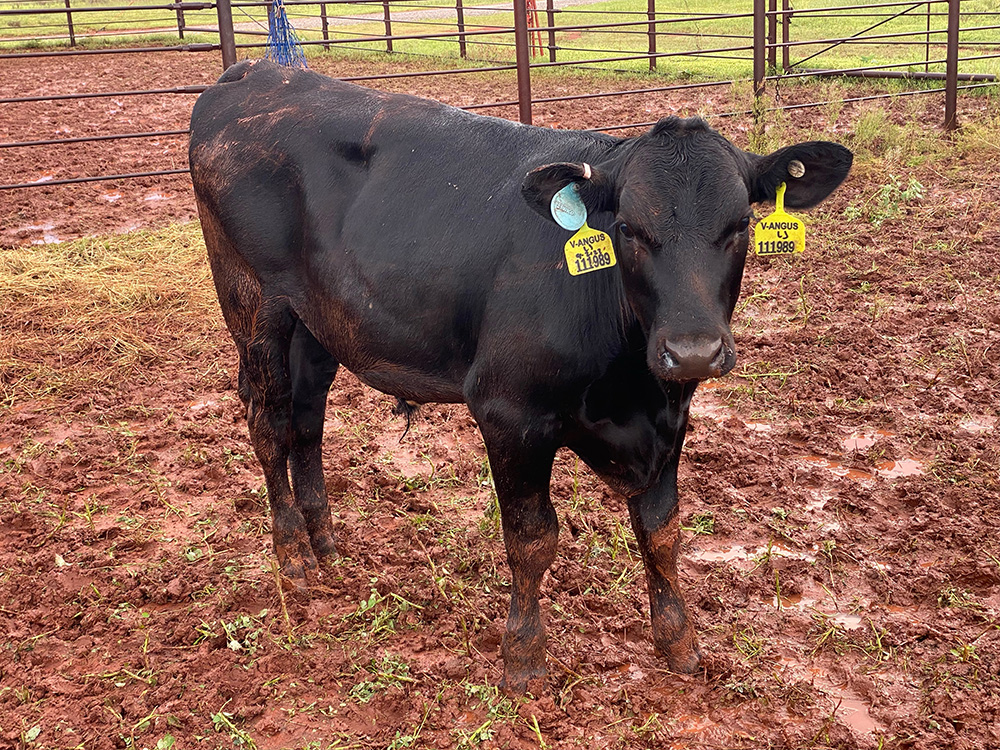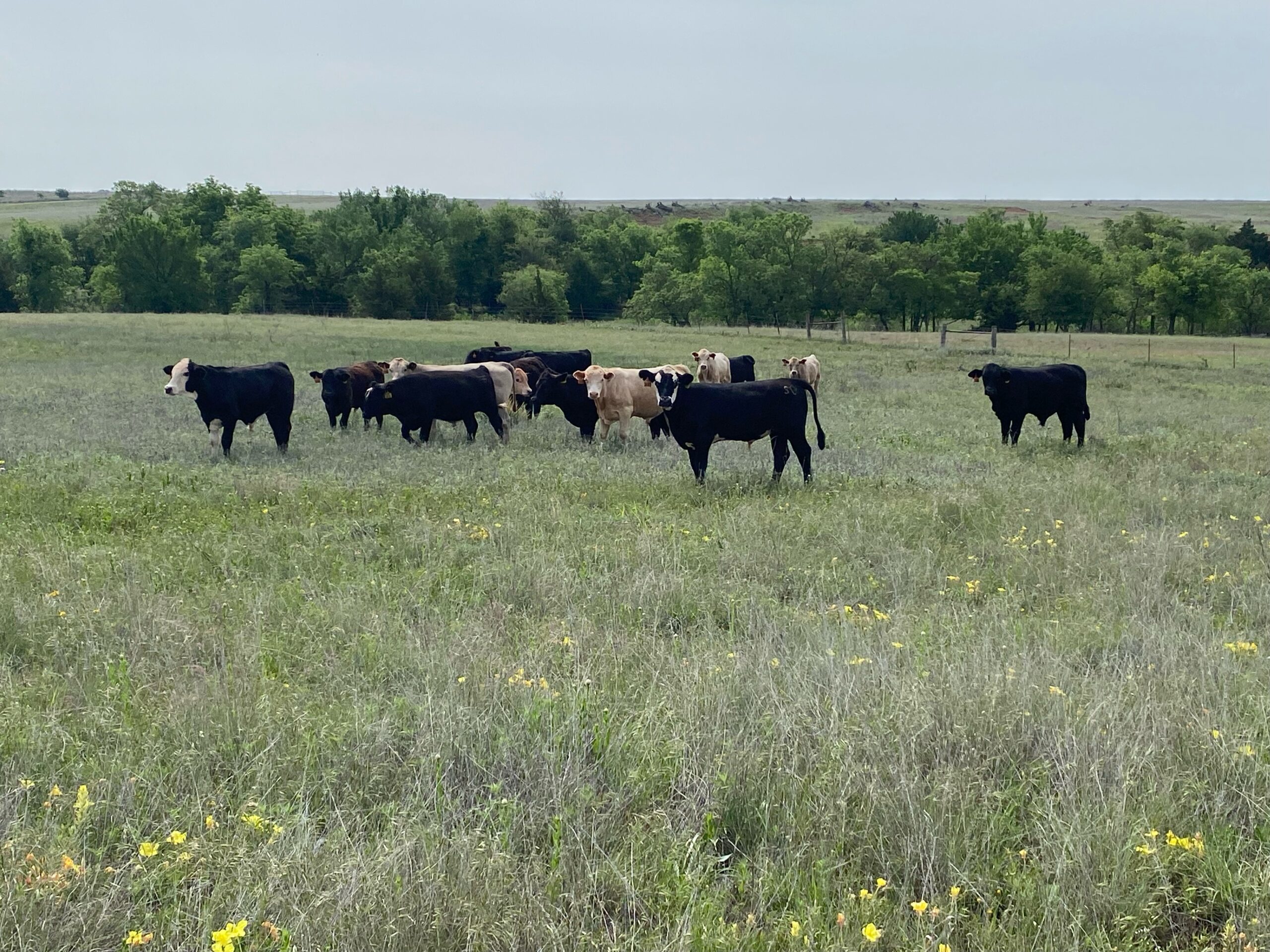Upcoming research trials set to investigate grazing performance of dairy-cross calves against traditional beef cattle.
As the impacts of long-running drought continue to plague the cattle business, industry leaders are looking for opportunities to adapt. The expanding production of dairy-beef cross calves is one such notion that has been gaining traction, and new research is slated to begin this summer to dig deeper.
“Because of drought, beef cow numbers are hitting a critical low population and that is going to affect the number of calves,” said Dr. Paul Beck, associate professor and extension specialist for beef nutrition at Oklahoma State University (OSU). “So, a lot of the empty pen space is going to be made up of the beef and dairy crossbreds coming out of these dairies.”
Beck leads a team of graduate student researchers who, in partnership with Buffalo Feeders and MasterHand Milling, will be conducting trials this summer to evaluate the grazing and feedyard performance of dairy-cross cattle against traditional beef calves.
Dairy-cross calves have represented a growing portion of the beef market in recent years as dairy operators look for a more profitable outlet for their bull calves, said Ally Grote, a member of the graduate research team.

“The motivating factor for this research is the extremely low value of purebred dairy males,” Grote said. “Crossbreeding offers a different alternative and helps the dairies that have lower genetic merit put a little more money in their pocket.”
In the past, dairy-cross cattle have typically been sent straight to the feedyard. The upcoming trials will investigate the potential of these calves to grow in a more traditional supplemented grazing scenario and continue to perform well in the feedyard.
“One of the main reasons I decided to come to OSU and pursue a Ph. D. is because of the research,” Grote said. “It’s groundbreaking and something that is going to be useful in the future the more we see these dairy-beef crosses being used.”
“There is going to be a lot of opportunity to learn. Number one does the grazing period on a beef-dairy animal negatively affect or is it neutral on the carcass performance of that animal. Number two, is the average daily gain and performance on the grazing sector comparable to the beef counterparts.”
— Tom Fanning, General Manager, Buffalo Feeders
The 2023 trials mark the fifth year of partnership between Beck’s research team and MasterHand Milling, a feed company that produces extruded distillers grain range cubes. Since 2021, Buffalo Feeders has also partnered with the group to provide cattle and analyze feedyard performance. Past trials have evaluated the benefits and methods of feeding distillers cubes to yearling cattle on pasture.
In this year’s trial, cattle will be split into groups comparing traditional beef calves to dairy-cross cattle. All groups will be supplemented with distillers cubes at the same rate to collect data on individual animal performance, said Dusty Turner, owner of MasterHand Milling.
“Our biggest motivator at MasterHand is to continue being a leader in feed research and doing those studies on cattle that are becoming a big topic of discussion,” Turner said.
With the beef industry in the midst of one of the longest-running droughts in history, finding new opportunities both in feed products and cattle production comes at a critical time, said Tom Fanning, general manager at Buffalo Feeders.
“There is going to be a lot of opportunity to learn,” Fanning said. “Number one does the grazing period on a beef-dairy animal negatively affect or is it neutral on the carcass performance of that animal. Number two, is the average daily gain and performance on the grazing sector comparable to the beef counterparts.”
“If this proves to have a positive outcome on the beef-dairy crosses, it may open up a new avenue for us on cattle that can be grazed with supplementation prior to the feedyard.”
Grote said cattle will be turned out to grass at OSU research stations in Fort Supply and Bessie, Okla. in May where they will graze a minimum of 60 days, longer if water availability allows. Cattle will be fed at Buffalo Feeders prior to slaughter.
Once all grazing, feeding and carcass data is collected Beck’s research team, along with the OSU agricultural economics department will analyze and report the findings.
“Part of this trial will be funded by the United States Department of Agriculture, so it’s a great opportunity to work with federal, industry and university partners to make a difference,” Beck said.

TALK TO A FEED EXPERT
Get Started
Our team of experienced feed experts and cattlemen are ready to help you change the way you feed. Click the link to schedule a consult!

